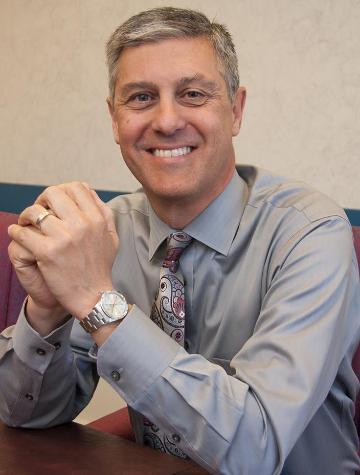The Lessons of Work: Matching Teens & Foster Youth With Employers
John Hogan’s eyes light up when he talks about the jobs he had as a teenager, which he credits with shaping his life for the better. He particularly remembers the thrill of working for Burger King.
“The registers kept track of how many dollars you’d rung up, who’s moving the line the fastest, and the time per transaction,” he says. “There was a competition to see who could do the best, and there was a lot of teamwork involved in coordinating between the stations to get the orders placed and the food up as quickly as possible. I just thought it was a tremendously valuable experience.”
Those early jobs paved the way to a successful 24-year career in the mortgage industry, culminating in an early retirement and an opportunity to take on a new challenge. Thinking back on his formative first jobs, he decided he’d like to do something that involved working with youths.
“My first thought was that I’d start a business that hired young people,” he says. “But that would only have been helping a few kids at a time. Eventually, I thought, why not start a business that would get everybody in town to hire a kid?”
At the same time, Hogan decided to go back to school. He enrolled in the Executive MBA program at Santa Clara University’s Leavey School of Business from August of 2008 to December 2009, got the degree, and, as part of his coursework, developed the business plan for what would become the nonprofit TeenForce, which he describes as “Manpower for kids, if you will.”
“The first class in the program was the one where Manuel Velasquez talks about the ethics and social implications of business behavior. That shows you Santa Clara takes those issues seriously,” he says. “In another class I did a consulting project with GSBI (Global Social Benefit Institute, housed within Santa Clara’s Center for Science, Technology & Society) which was all about social entrepreneurship and sustainable models for dealing with ‘bottom of the pyramid’ problems. It was what I was thinking about, and I was very excited about it.”
In the final MBA course, students were expected to develop a business plan. The plan Hogan and three classmates did for a nonprofit that became TeenForce was chosen best in the class, and the next year, with $50,000 of his own money as seed capital, he got started on it.
In a few short years, TeenForce has established itself as a placement source for a number of Silicon Valley firms, including many that aren’t typically thought of as youth employers — Beshoff Motor Cars, El Camino Hospital, Hoge Fenton, Jones & Appel law firm, Planet Orange pest control and the San Jose Earthquakes soccer team, to name a few.

Placement is accomplished through networking and helping businesses hire youths in the TeenForce program to meet specific needs. For example, El Camino Hospital relies on volunteers to staff certain desks, but can’t get them for all shifts. TeenForce youths fill the gaps as paid workers.
And two thirds of the youths placed through TeenForce (which, despite its name, deals with young people between the ages of 16-24) come from foster homes, where they’re expected to be out and on their own between the ages of 18-21.
“Most of the kids can’t just go to a four-year school when they’re 18,” Hogan says. “They need to take their education and career moves in smaller bites. As an example, a young person making $10 an hour in a minimum wage job can take a 21-day course to become a security guard, which pays $12-14 an hour. That buys them a little more flexibility to take other classes and develop other skills.”
TeenForce derives its revenue from several sources: a premium that employers pay for pre-screened youths referred by it; government and foundation funding; and private contributions. The business plan calls for it to become self-sustaining enough that each office needs only $25,000 a year in community contributions to break even.
“If you’re putting almost a hundred kids in a community to work, raising $25,000 a year is going to be no problem,” Hogan says.
TeenForce has been operating out of the Goodwill offices in San Jose, and just received its first major foundation grant, $267,000 over two years from the Walter S. Johnson foundation. It was recently approved for two government grants, which will help open two new centers, one in Morgan Hill/South Santa Clara County and the other in East Palo Alto.
Hogan feels the TeenForce concept can be replicated anywhere and hopes to see it expand to many more locations. He sees it as being good for both businesses and young people, and that’s the basis for what he tries to instill in the youths at the TeenForce work-preparation class.
“I remind them that a particular job is like a driver’s license. It’s not a right; it’s a privilege, and it’s something that’s earned every day, based on performance.”
— Michael Wallace
